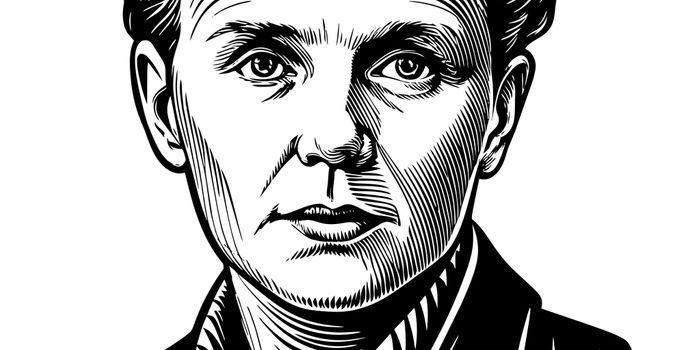JAMA Reports US Nursing Home Industry Needs Fundamental Overhaul
The Journal of the American Medical Association reported on the National Academies of Sciences, Engineering, and Medicine's blueprint for overhauling the inefficient and unsustainable approach to long-term and postacute care at America's nursing homes, an industry whose shortcomings were especially visible during the COVID-19 pandemic.
The original idea for a nursing home was that of an old age home, a small residence where the "worthy poor" could have shelter, meals, and basic care away from the mentally ill and addicts they shared living spaces with in centuries past. In the late 19th and early 20th century, these homes were typically run by ethnic and religious organizations.
In the 1930s, with the federal government passing the Social Security Act that allowed government aid to be used to pay for stays at old age homes, businessmen saw this as an opportunity to make money off of old age homes. This marked the beginning of the transition from old age homes being run by charitable organizations to old age homes being run by companies.
In the 1940s, the idea of old age homes transitioned further from a place of welfare to one of healthcare when the federal government passed the Hill-Burton Act which awarded grants for nursing homes to be built alongside hospitals in exchange for government regulation. The public health officials involved in these programs modeled nursing homes after hospitals, making them more medicalized. The introduction of Medicaid and Medicare into the Social Security Act of 1965 medicalized the industry even more and further incentivized for-profit nursing homes to become what is now a $100 billion industry.
Muriel Gillick, a geriatric physician who details the inefficiencies of nursing homes, writes in her book Old and Sick in America: The Journey Through the Health Care System about over-medicalization, "I thought this was a major mistake; older people moved to such facilities in order to live despite their disabilities, not to get better and move on. To focus exclusively on what was wrong with them, rather than to support and encourage whatever was right with them, struck me as profoundly misguided."
The authors of the report from the National Academies recommend the following changes to improve the nursing home industry:
- Renovate or build smaller and more home-like environments that include single-occupancy bedrooms and bathrooms.
- Offer their low paid workers competitive wages and benefits to address understaffing and offer career advancement.
- Increase staffing standards and requirements and offer free entry-level training and continuing education to nursing assistants.
- Include residents' and their families' experiences in enhanced quality measures in the Centers for Medicare and Medicaid Services Care Compare website.
- Collect data on nursing home ownership and finances and make them more transparent.
- Better allocate finances to staffing and direct patient care.
- Make Medicaid and Medicare reimbursements more appropriate to the type of care provided.
The AHCA/NCAL, an association representing long-term and postacute care providers, responds that increased funding and reimbursements from Medicaid and Medicare are needed to solve the industry's systemic problems.
Research published in the same report suggests that for-profit nursing homes, which make up two-thirds of the industry, provide lower-quality care than not-for-profit and government-owned facilities. The report also found that some owners hide their profits and claim low profit margins. One way they do this is by outsourcing goods and services to be used at their nursing homes at inflated prices to other companies they own.
With the number of people aged 85 and older expected to increase from 6.7 to 9.1 million in the next decade and taxpayer dollars largely supporting this expensive industry, a fundamental overhaul of the nursing home industry can't come soon enough.
Sources: JAMA Network, National Academies, Next Avenue, American Scientist








